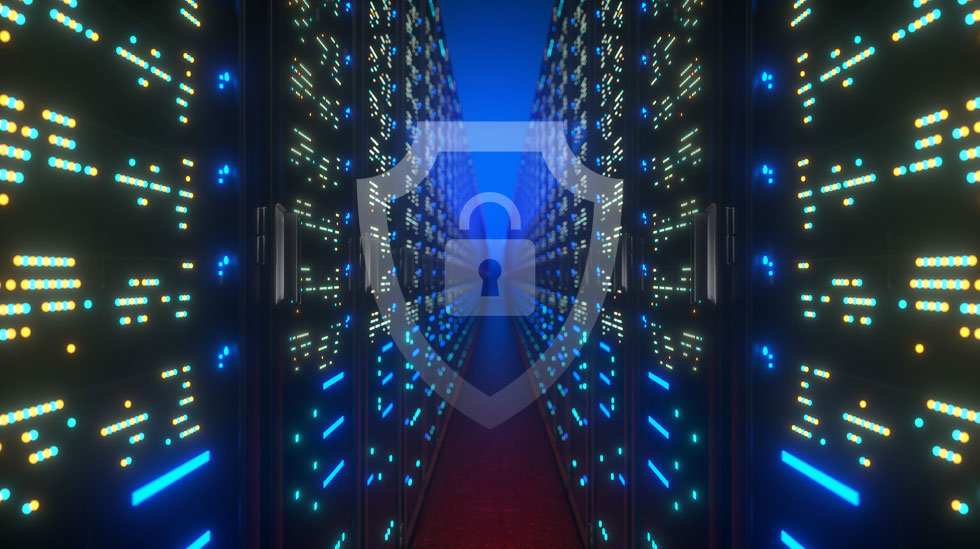Mainframe storage has changed a lot over the years, and the amount of it available in terms of both memory and disk/tape has grown substantially. Although this gradual progression has over time liberated mainframers from many long-standing limitations, careful storage management has remained a central tenet of mainframe culture and a major differentiator on the platform.
As General and eventual President Eisenhower once said, “Plans are useless. Planning is indispensable.” By understanding current storage availability and outlining future needs, mainframers are able to make heavy and advanced use of the resources and features available to them, and they can do so without interruption. According to Simson Garfinkel and Gene Spafford, Ph.D., in their book, Practical Unix and Internet Security, a computing system is secure when you can count on it to behave in the expected manner. Storage is clearly important because it impacts availability on the mainframe, but it can also offer insights from a more conventional InfoSec standpoint.
Expanding the Event Horizon to Mainframe Storage
On most platforms, external security managers (ESM) or internal security handlers are monitoring user accesses, failed logins, changing permissions, and other mainstream threat indicators. What they aren’t thinking about are certain events on the mainframe that could impact security from a storage management perspective such as allocation, open/close, I/O, extents, and more.
At the same time, storage elements including generation data groups (GDGs), archives, and hierarchical storage management (HSM) products play a major role in overall functionality, which is why it’s crucial to have a system management facility (SMF) keeping records of salient happenings on the mainframe. Some of this record-keeping is automatic, but you also get to decide in some cases what’s salient. Those events might include logins, access to a secured resource, or when something happens that’s outside of the normal, everyday activity. Relevant events in both SMF and other mainframe facilities will allow you to view security issues (hopefully in real time) and send alerts for remediation.
Storage is critical to security because it’s another vantage point from which to view the mainframe’s operation to its “expected manner.” When storage events are given the care and attention they deserve, they can help inform security and reliability improvements that protect your organization’s most valuable IT asset.
For more information about how storage impacts security on the mainframe, check out DTS Software’s webinar Aggregation without Aggravation: When Putting More Log Data in Your SIEM Is a Good Thing. The presentation, which features DTS Software CTO Steve Pryor and Mainframe Analytics Ltd. Founder Reg Harbeck, is available on demand.


